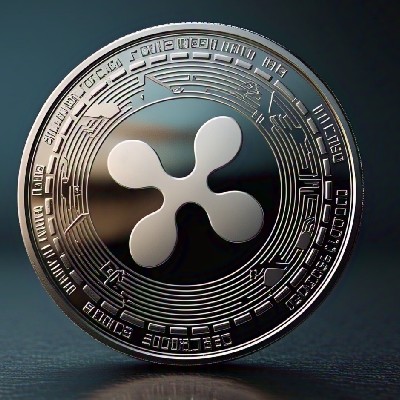
The $FHE Token, also known as Fhenix, is a relatively new decentralized finance (DeFi) token It operates as a part of the growing DeFi ecosystem, which has gained significant traction over recent years. However, like many other smaller tokens, it exhibits a volatile and unpredictable market trend, making it an intriguing yet risky asset to monitor for potential investors.
Fhenix Token Overview
As of April 2025, Fhenix ($FHE ) is trading at approximately $0.00000000000002302 per token, which indicates its low price point compared to more established cryptocurrencies like Bitcoin or Ethereum. The market capitalization for Fhenix is currently at $0, and its 24-hour trading volume is also recorded at $0, suggesting that there is limited trading activity in the market. These figures are generally indicative of a relatively low demand or a niche community surrounding the token at this point in time.
The $FHE Token operates primarily on the Binance Smart Chain, a blockchain known for its low transaction costs and faster processing times compared to Ethereum. This choice of platform allows Fhenix to integrate seamlessly into the vast ecosystem of decentralized applications (dApps) and decentralized exchanges (DEXs) that utilize BSC. The Binance Smart Chain also provides an environment that supports the creation and growth of smaller tokens like Fhenix, though it comes with the challenge of being overshadowed by larger, more established projects.
Trading Platforms and Liquidity
Fhenix is primarily traded on PancakeSwap v2, which is a decentralized exchange (DEX) operating on the BSC network. PancakeSwap is one of the most popular DEXs, and it allows users to swap, trade, and stake a variety of tokens. However, it’s important to note that the liquidity pool for the Fhenix token, particularly in the FHE-BNB pair, is quite low. At the time of writing, the liquidity pool is valued at around $1.00, which reflects very limited activity in terms of buy and sell orders.
Low liquidity can lead to higher volatility, making Fhenix$FHE a riskier token for both short-term traders and long-term investors. The low liquidity also means that it might be more difficult to enter or exit a position without significantly impacting the market price. Therefore, potential investors should exercise caution when trading Fhenix, as the price may fluctuate widely based on limited buy and sell orders.
Market Sentiment and Future Outlook
Given the current state of Fhenix, it is clear that the token is in its early stages of development and has not yet gained widespread adoption or market confidence. Tokens with low liquidity, small market capitalization, and minimal trading volume typically struggle to establish a solid market presence, and Fhenix is no exception. The current market trends suggest that the token is still in its "experimental" phase, with a niche group of investors and traders experimenting with it.
Fhenix $FHE may be aiming to position itself within a specific DeFi niche, but it will need to overcome several challenges before it can compete with larger DeFi tokens and reach mainstream adoption. One of the most critical factors for the future of Fhenix will be its ability to increase liquidity, attract more investors, and develop use cases that drive demand for the token.
If Fhenix can build a more robust community, attract liquidity to its trading pairs, and integrate into various DeFi applications, there is potential for it to experience price appreciation and greater market recognition. However, as it stands, Fhenix remains a highly speculative asset with a significant amount of risk attached.
Investment Considerations
Investing in Fhenix or any similar low-cap token requires a high risk tolerance. Tokens like Fhenix are prone to sudden and sharp price swings due to low liquidity and limited market depth. The market for these types of tokens can be easily manipulated, and investors can face rapid losses if they are not cautious.
For those considering investing in$FHE Fhenix, it is essential to conduct thorough research, monitor the token’s price movements, and stay informed about any announcements or updates from the Fhenix development team. Additionally, investors should only allocate a small portion of their portfolio to highly speculative assets like Fhenix, as they are prone to high volatility and significant risks.
Conclusion
The Fhenix ($FHE ) token is currently experiencing a relatively stagnant phase in the cryptocurrency market. With low trading volume, minimal market capitalization, and limited liquidity, the token remains speculative at best. While there is potential for growth if the Fhenix project gains traction and builds a more substantial user base, it currently poses significant risks to investors.
As always, potential investors should approach tokens like Fhenix with caution, understanding the inherent risks involved in trading low-cap cryptocurrencies. The DeFi space continues to evolve, and while tokens like Fhenix may offer exciting opportunities in the future, they should be treated with a high level of skepticism and diligence at present.
Disclaimer: Cryptocurrency investments are highly speculative and come with significant risks. Always do your own research and consult with financial advisors before making any investment decisions.



 Lowest price
Lowest price Highest price
Highest price 




































